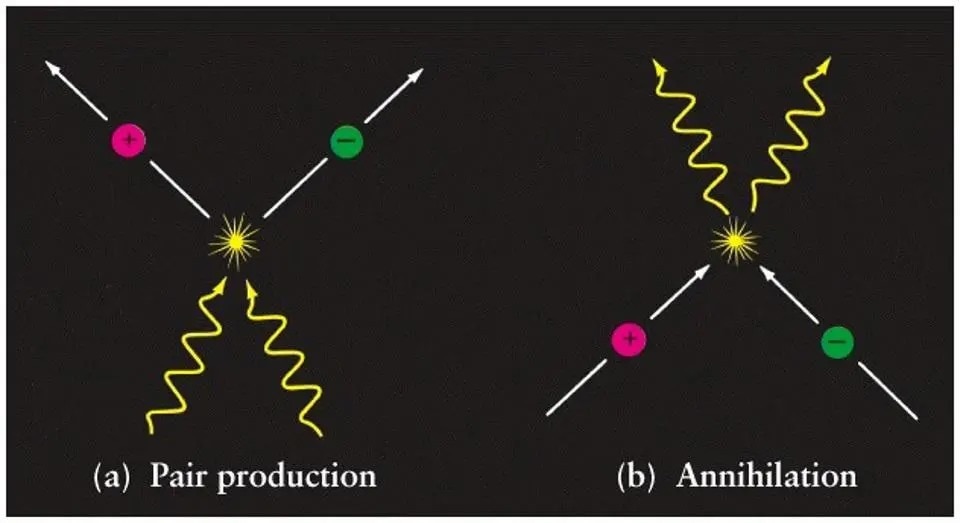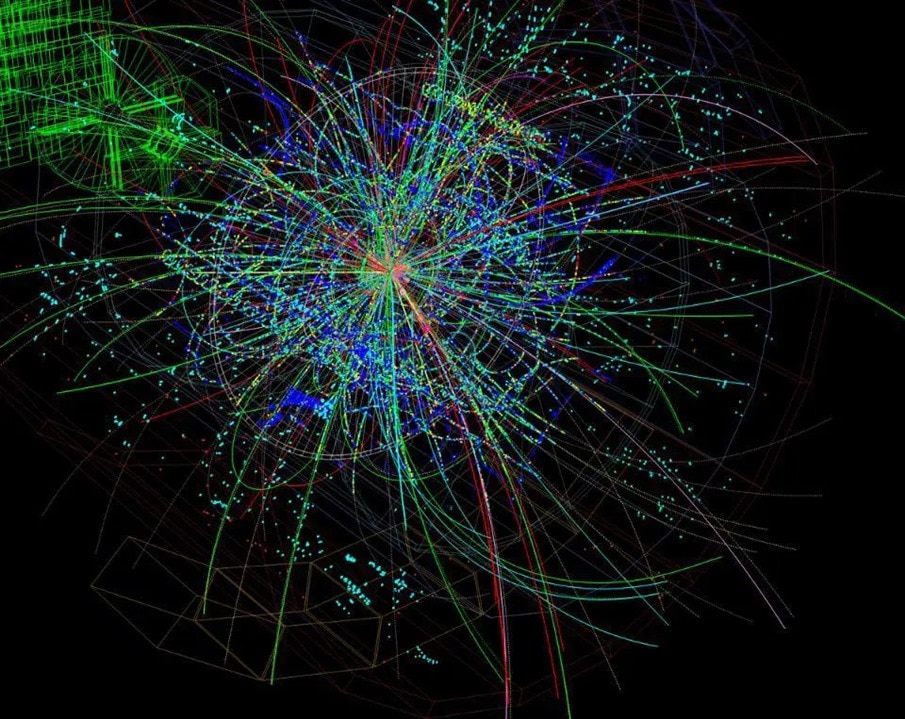
Albert Einstein's famous E=mc2 equation led to the invention of nuclear power, the theory of gravity, and the discovery of particles making up the universe. (Image Credit: ParentRap/pixabay)
Although this article goes on to explain e=mc2, I figured an alternative out for one of my old cartoons, inspired by the Einstein archives online. See this first.
On September 27th, 1905, Albert Einstein published his e=mc2 equation in the Annalen der Physik journal. What exactly is E=mc2? For starters, Einstein's equation consists of three parts. The first one, E (energy), defines the system's total energy. Next, m (mass) references units of mass. Lastly, c2 (speed of light squared) is the required factor for making mass and energy equivalent.
We all know about electrical energy, mechanical energy, chemical energy, and kinetic energy. Reacting or moving objects have these energies inherent in them. These can therefore power a bulb, run an engine, or grind grain into flour. Meanwhile, regular mass in a relaxed state also has a huge amount of energy. This implies gravity could run on energy that's equal to mass via e=mc2.

This diagram shows how matter/antimatter particles can reverse back to pure energy. (Credit: Dmitri Pogosyan/University of Alberta)
Additionally, the equation tells us the resulting amount of energy from mass conversion. So, transforming one kg of mass into energy leads to an output of 9 x 1016 joules of energy. When a fusion reaction occurs, the starting mass will always be larger than the resulting mass. The amount of energy being released is based on the difference. This is valid for the sun's nuclear fusion, decaying uranium, etc. Therefore, the amount of eliminated mass turns into energy, and the resulting amount of energy produced is determined by e= mc2.

Many new particles were created due to a high-energy collision at the LHC in 2012. (Image Credit: Panos Charitos/Wikimedia Commons user PCharito)
Lastly, you can generate mass through pure energy. For instance, smashing a photon and electron together using sufficient energy produces a new matter-anti-matter pair of particles. One of these is a matter particle like a proton, neutron, electron, etc., while the other is an antimatter particle, like an antineutron, positron, antiproton, etc. Particle accelerators often use these techniques to find new, unstable high-energy particles. The energy here produces the mass based on the equation: m = e/c2.
Einstein's General Relativity achievement also came from this mass-energy equivalence. A matter particle and antimatter particle that has the same rest mass can be destroyed to create photons of a certain amount of energy. That amount can be determined with the e= mc2 equation. If these particles rapidly fall from space and get annihilated near the Earth's surface, then the photons would have excess energy from kinetic energy during their fall. In this case, gravitational potential energy is converted into motion energy.
However, conserving energy requires humanity to account for gravitational redshift and blueshift. Einstein's General Relativity states that you can gain energy by falling into a gravitational field and lose energy by ascending out of the field.
By understanding Einstein's famous e=mc2 equation, humanity made it possible to discover the theory of gravity, create nuclear power and nuclear weapons, and discover particles making up the universe.
Have a story tip? Message me at: http://twitter.com/Cabe_Atwell

-

dougw
-
Cancel
-
Vote Up
0
Vote Down
-
-
Sign in to reply
-
More
-
Cancel
Comment-

dougw
-
Cancel
-
Vote Up
0
Vote Down
-
-
Sign in to reply
-
More
-
Cancel
Children